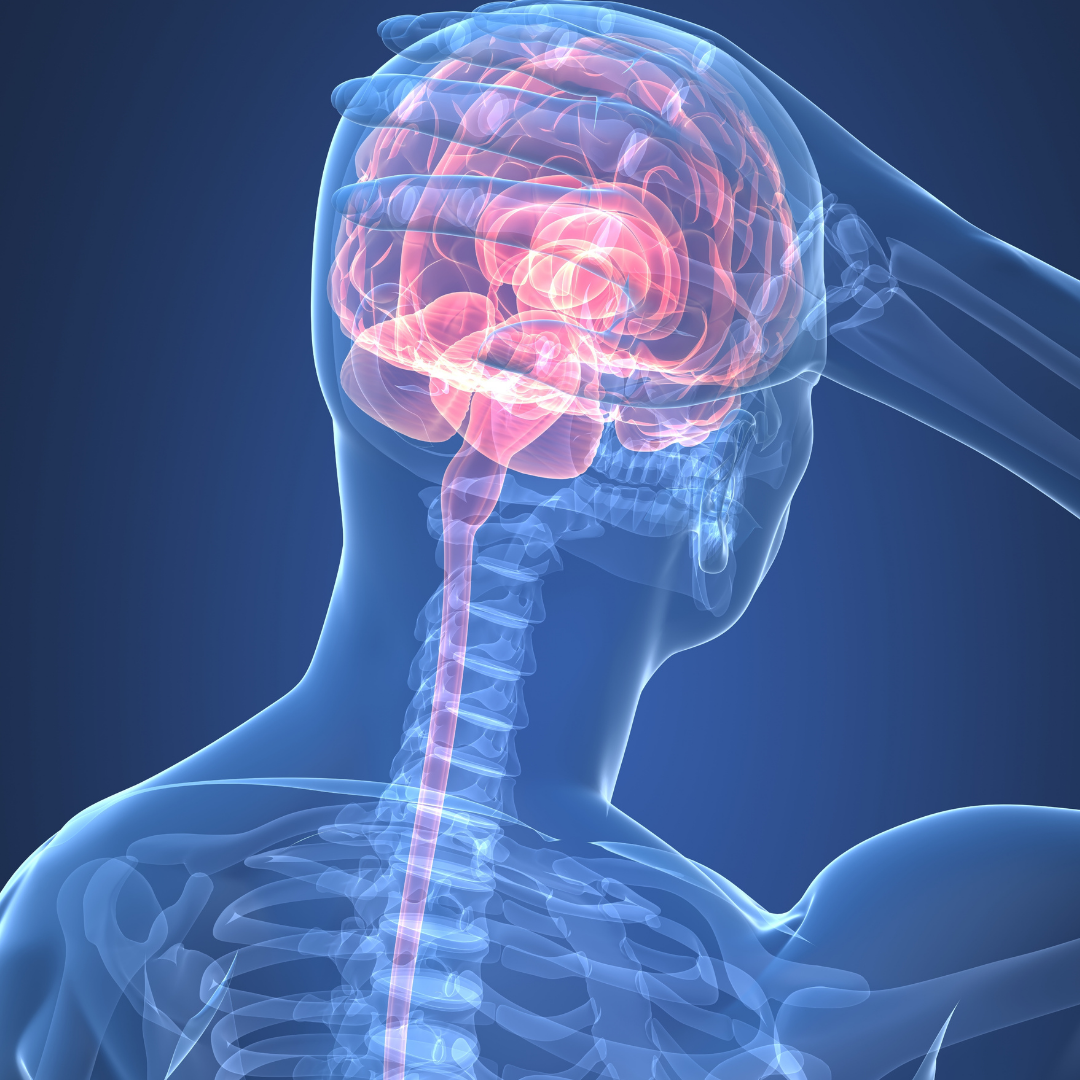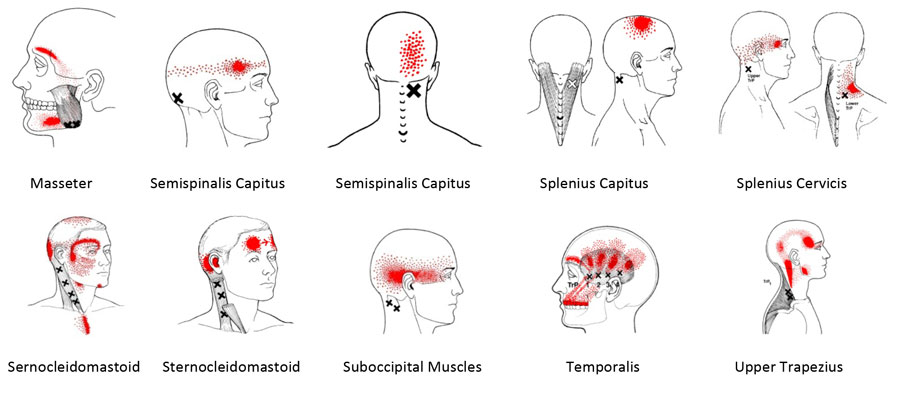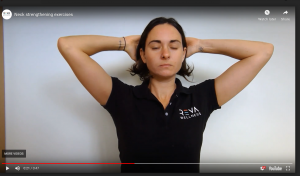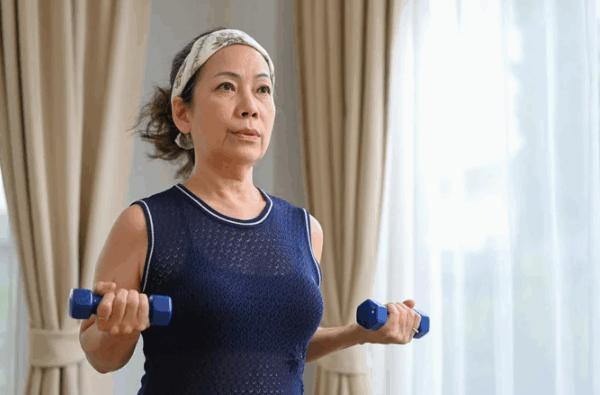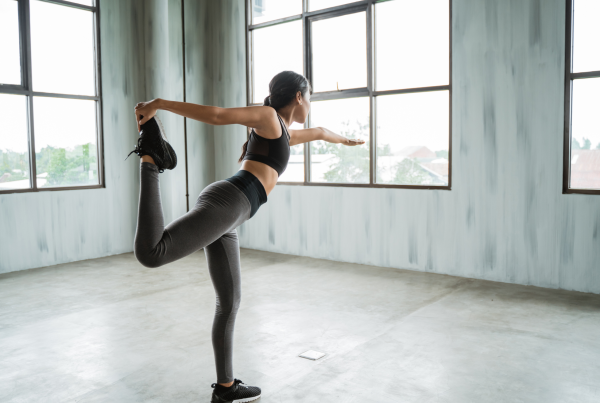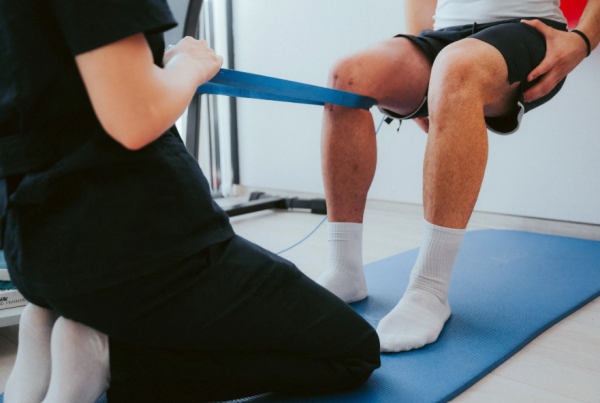
Your Question:
My new year’s resolution was to get into running, but whenever I try to run, I get a headache and then stop. What is this and what can I do?
What to do about Running Headaches
Firstly, thanks for the question and congratulations on not giving up!
It can be normal to experience a range of new symptoms when starting a new exercise regime, which can annoyingly deter the new, healthy change!
There’s definitely a few things you can do here to manage and prevent these headache!
!But be aware
The headache shouldn’t last longer than a day, ideally if you follow the below tips the headache will resolve immediately. But if it does last a while, or the below tips don’t help, and especially if it is experienced in conjunction with any other symptoms such as neck stiffness, vomiting, congestion or visual disturbances consult a doctor ASAP!
If you don’t experience the above symptoms, here’s a few different factors for you to consider:
Dehydration
Dehydration is a common cause of headaches, which would worsen of course, with exercise. As dehydration increases there are further symptoms such as fatigue and dizziness. Signs of severe dehydration include less sweating, confusion and fainting. There are lots of other signs and symptoms to look out for while you’re not exercising.
So, make sure you’re sufficiently hydrated BEFORE you exercise, including electrolytes. Especially important in the summer and if you’re sweating a lot.
Low Blood Sugar
Low blood sugar can also cause headaches. Exercise, of course, while using the glucose as energy, can lead to low blood sugar. Low blood sugar usually causes other symptoms as well, like shaking, dizziness and moodiness.
To prevent this, make sure you’re not already hungry before you exercise. If you think you might be at risk of this, make sure you have some sugary food at hand. You are more likely to be at risk if you have diabetes or if you notice that you often get Hangry.
Tight muscles
Tight muscles with trigger points can refer pain into the head, causing a headache. Here’s a great image to explain:
The X marks the trigger point in the muscle, and the red indicates referred pain.
Causes and Solutions
Commons scenarios leading to tightened muscles include:
- Technique
If your technique is off, this can be putting excess strain on the neck muscles which often trigger headaches.
Solution
Consider your running posture and technique:
- Keep your head up, over your shoulders
- Relax your shoulders away from your ears
- Make sure you’re breathing “into your stomach,” and expanding your ribs. When you suck in your stomach while breathing generally your neck and shoulder muscles have to overwork to open up room for the lungs.
- Swing your arms. Your hand should be moving to the line of your breast pocket to your back pocket.
- Everyday Posture
If you’re at a desk or driving most of the day, your static posture can cause muscle tightness in the upper back, shoulders and neck, again, leading to headaches, especially if you’re not set up ergonomically.
Solution
Try these:
- Do these stretches in the video below
- Get a massage ball, place it where those X’s are (from pic above), and roll around on a wall, or you can just use your hands.
If it elicits the headache then 1. You’ve got the right spot, 2. Don’t press so hard. - Follow the Ergonomic Checklist provided here: Permission To Sit At Your Desk
- Check out these tips to set up your driving posture
- These exercises in the gym assist in negating the forward posture effects of too much sitting
If you feel the headache coming on during your run, you can also stop and stretch. It’s OK to stop, that’s called interval training.
- Weaknesses
Weak muscles can lead to pain in two ways. Either they themselves are working harder than they’d like, or their weakness forces other muscles to work harder.
Solution
A few muscle groups that may need some specific attention are your deep neck muscles and the core.
Your deep muscles help stabilise the neck and hold up your head, so if they’re weak, other muscles overwork, and as you might have gathered, muscles straining, get sore and lead to headaches.
Here’s some neck strengthening exercises you can try:
When your core muscles are weak, sometimes the upper back can overcompensate in attempts to gain stability leading to increased tension through the upper back and neck.
But strengthening the neck properly involves more than just specific neck exercises. If you missed it, check out our Reva Wellness’ article Sitting Fitness, showcasing the top 3 exercises for posture, including the neck!
Goodluck! Let us know how you go!
Biara Webster
Exercise Physiologist and Writer/Content Manager, Specialised Health

Each month we will pick a question to Q&A.
Send your questions to brad@specialisedhealth.com.au or biara@specialisedhealth.com.au
Or contact us through the below social media outlets!
